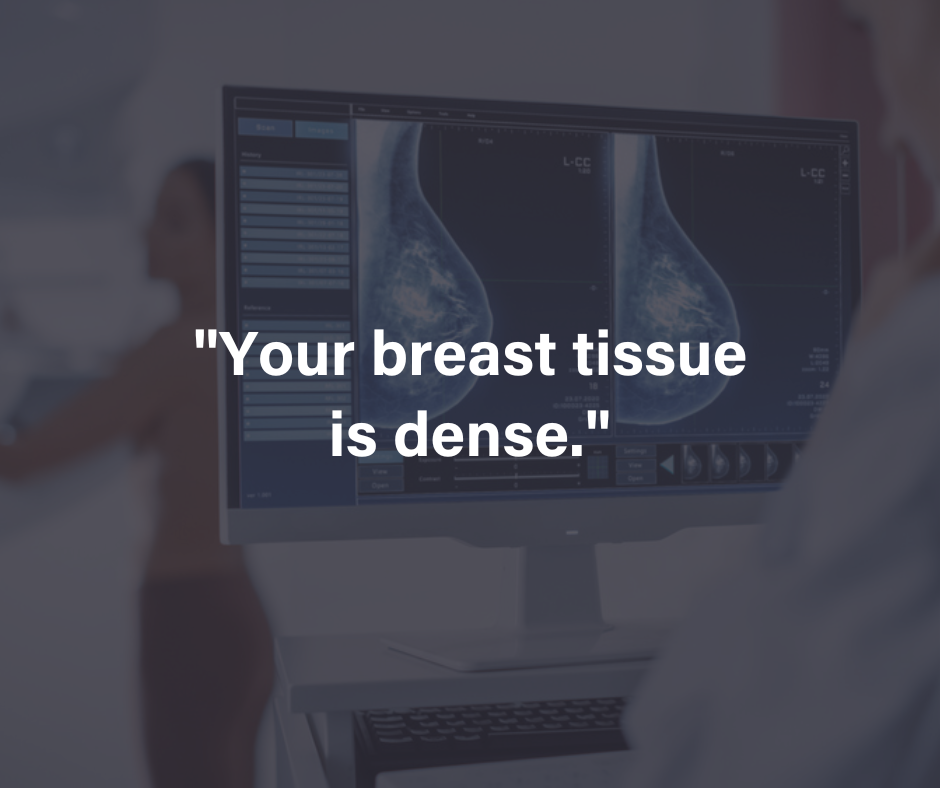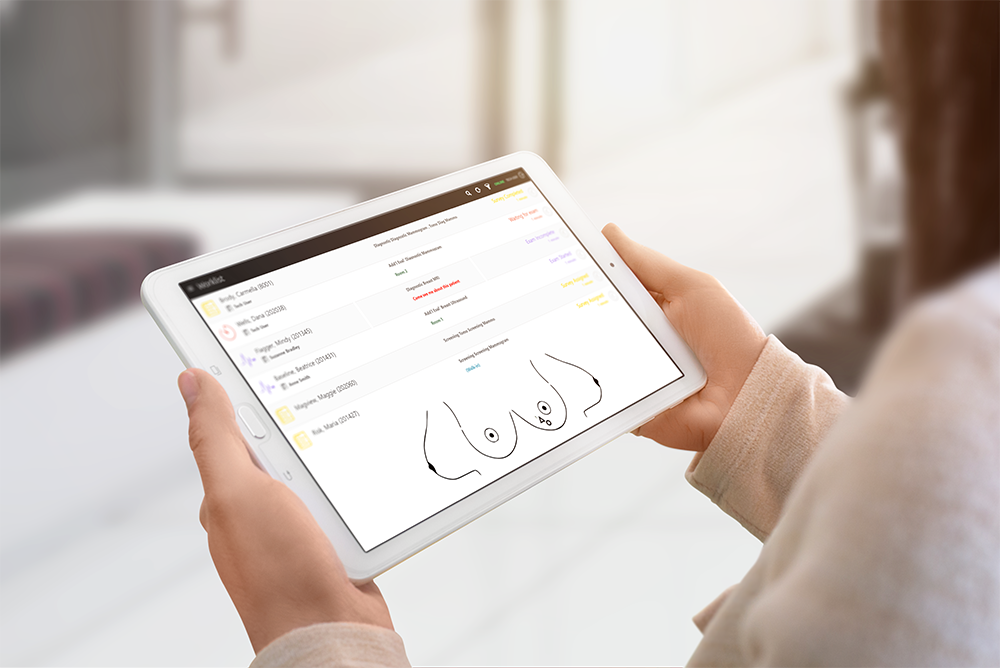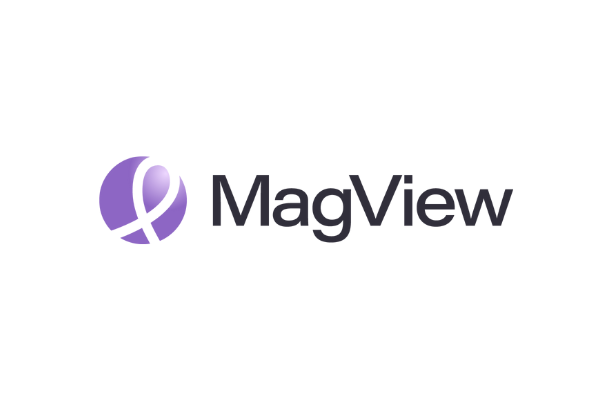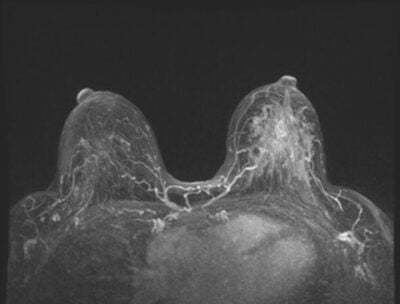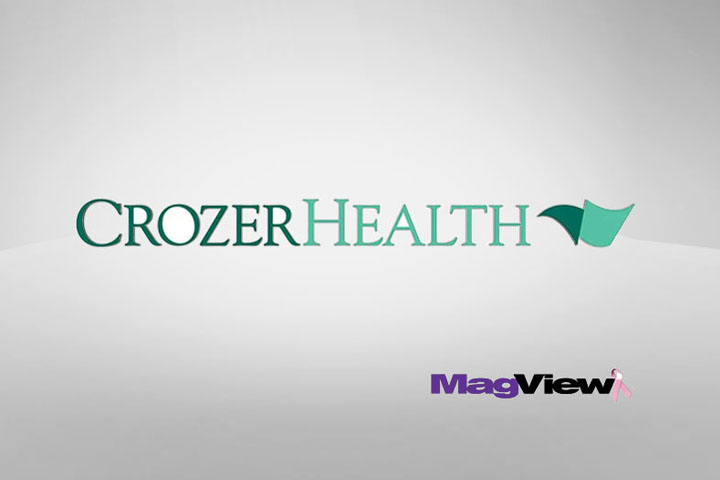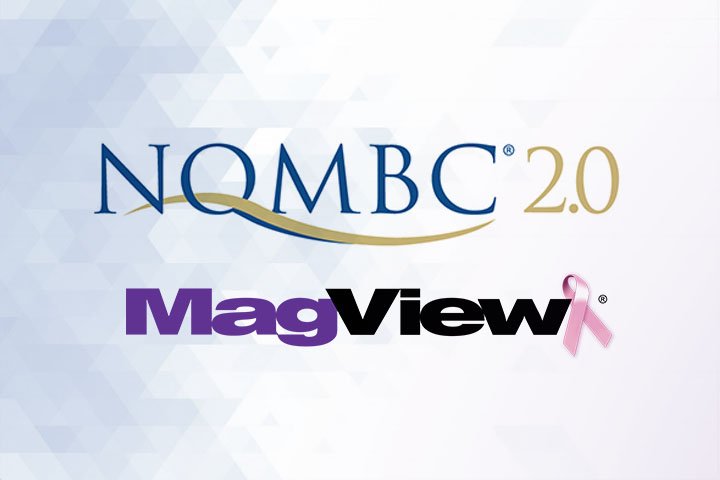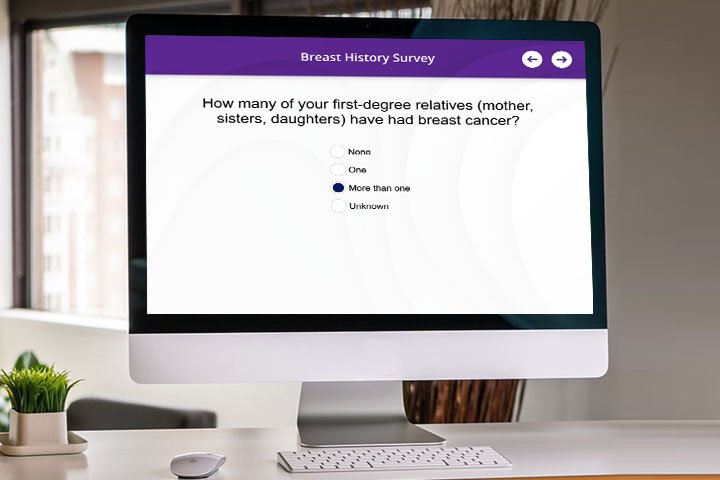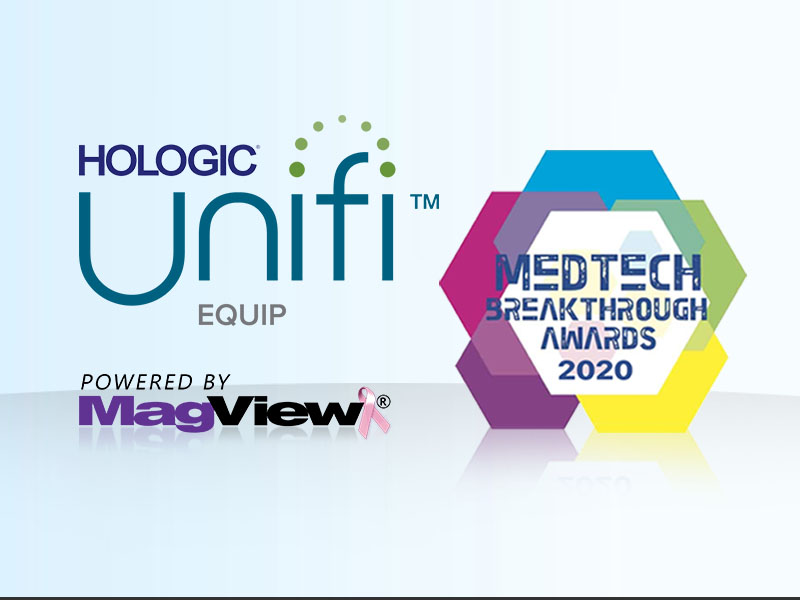An optimal mammography workflow provides a seamless care pathway to ensure that breast center patients receive the expert care they deserve in the most efficient and effective way. There are various tools that can help optimize a facility’s mammography workflow, and a mammography reporting system that enables data integration is one of the most important.
Mammography workflow challenges
When the right mammography reporting system is deployed, it can help breast centers overcome common mammography workflow challenges — including the need to slog through paper processes and spend time on manual and redundant data entry.
That type of mammography workflow not only wastes time and contributes to staff inefficiency, it also introduces the potential for human error within the data entry process. Plus, it can negatively impact the patient experience if wait times are increased and/or patients are required to enter their information more than once.
The good news is that when effective data integration is part of the process, breast centers can optimize the mammography workflow to achieve better results.
The importance of data integration in healthcare
According to a recent survey, 94% percent of the healthcare leaders polled plan to invest in software this year to deal with industry challenges — including the need for more effective data integration.
Conducted by Intelligent Medical Objects (IMO), the survey included more than 300 provider leaders responsible for the purchase and
implementation of technology at healthcare provider organizations. An announcement describing the results noted that:
- 90% of hospital providers lost revenue due to “inefficient data use”
- 98% said their organization must improve how data is leveraged to deal with challenges
The survey also revealed that data quality issues are prominent, with 45% of respondents citing concerns with data issues such as fragmentation, management, and optimization.
“Hospital providers face a lot of uphill battles – from data integration to clinician burnout – and this survey shined a light on how data integration can have a positive impact on patient care and day-to-day operations,” said Ann Barnes, IMO’s CEO in a statement. “It’s helpful to understand the most pressing needs as US provider organizations are making bold changes to improve patient care and are adapting their strategies faster than ever before.”
“For technology to have a positive impact on providers, it has to get out of the way and integrate seamlessly into clinical workflows,” added Dr. Steven Rube, Chief Clinical Officer at IMO.
The benefits of effective data integration
Healthcare providers can enjoy many benefits from the use of software that enables effective data integration — including improved efficiency, enhanced accuracy, increased patient satisfaction, and more.
Improved efficiency
- Streamlined processes: With data integration, redundant steps can be eliminated, reducing the time needed to perform tasks like patient data retrieval and report generation.
- Automated workflows: By consolidating information from various sources, tasks such as appointment scheduling, reminders, and follow-ups can be automated, ensuring a smoother operational flow.
Enhanced accuracy
- Reduced manual input: Minimized manual data entry can drastically reduce human errors, ensuring that patient records and diagnostic reports are more accurate.
- Unified data source: With data coming from various machines and systems, integration ensures that everyone is working with the same, updated information, which reduces inconsistencies.
Increased patient satisfaction
- Shorter wait times: Efficient processes mean quicker appointment scheduling and reduced wait times for results, enhancing the patient experience.
- Personalized care: Integrated data provides a comprehensive view of the patient’s history, enabling healthcare professionals to tailor care and recommendations more effectively.
Better decision-making
- Holistic patient view: Clinicians and radiologists can get a complete picture of a patient’s health and history, aiding in more informed diagnostic decisions.
- Trend analysis: With all data centralized, it’s easier to identify patterns and trends, be it in a patient’s health progression or in overall operational efficiency.
Cost savings
- Reduced redundancy: Eliminating duplicate tasks or processes can lead to significant savings in both time and resources.
- Optimized resource allocation: With a clear view of the workflow, managers can better allocate resources, reducing idle time and ensuring that equipment and staff are utilized to their full potential.
Enhanced compliance and security
- Unified standards: Integrating systems often means adhering to specific data standards, which can improve the consistency and quality of data handling.
- Security protocols: Modern data integration solutions often come with robust security measures, ensuring that patient data remains confidential and protected.
How MagView facilitates data integration within the mammography workflow
When it comes to mammography reporting and tracking software, MagView is well-known as the leading provider of solutions for breast center information management. As a result, we understand the critical importance of effective data integration to optimize the mammography workflow.
“Data integration is essential for a smooth mammography workflow,” says Michelle Hays, Implementation Manager at MagView. “Data integration supports accurate diagnoses, saves time, ensures patient safety and facilitates research efforts. It is the foundation for effective patient care and helps healthcare professionals make informed decisions based on real-time information.”
Some of MagView’s most common integrations include:
- Mammography tracking and reporting system integrations with the EHR/RIS for patient demographics, orders, and results
- Dictation system integration (such as PowerScribe) for populating the dictated report with the patient’s history and extracting report results
- Breast density software integration to send breast density information to the mammography system to populate the radiologist’s report and to automatically calculate the patient’s risk score
- Portal integrations between the breast imaging electronic lay letter and existing EHR portals
MagView Integrations with Epic EHR
Breast centers that have Epic as their EHR provider may also be interested in the most common integrations between Epic and MagView — which include interfaces and portal enhancements.
Interfaces
- HL7 interface into MagView from Epic for patient demographics, orders, and—if applicable—results (the mammography report)
- HL7 interface out of MagView into Epic for results—if the mammography report was completed via structured reporting in MagView
- HL7 interface from MagView into Epic for patient history information and letters. This provides both a point of reference and enables a comprehensive patient record in the Epic system.
Patient portal enhancements
- Patient Results Portal integration. Integrating MagView’s Patient Results Portal into Epic’s MyChart® enables a seamless patient experience across all modalities. In addition to the clinical report that’s available in Epic’s MyChart, this integration improves the patient experience by providing the patient with quick, electronic access to their MQSA-required lay letter.
- Patient History Portal integration. With the integration of MagView’s Patient History Portal, the patient history can be completed and captured in Epic’s MyChart before the patient comes in for the appointment. This capability is especially helpful for sites that perform breast cancer risk assessments.
With Epic as the EHR and MagView as the specialty mammography reporting software, seamless data integration enables “a complete mammography workflow solution” for breast centers.
“We engaged Epic and MagView to work together in order to establish a system that would meet our aggressive goals,” says Gary Levine, Medical Director of MemorialCare Breast Centers. “Epic delivers a hospital-wide information system that allows us to effectively manage the patient throughout the enterprise. MagView delivers the knowledge, expertise and solution set focused on our breast imaging environment. By integrating the two systems, we have seamless data integration, and a complete workflow solution for our breast imaging group.”
Implementing data integration for your facility’s mammography workflow
When data integration is effectively implemented to optimize the mammography workflow, both breast centers and their patients can enjoy an array of benefits related to enhanced efficiency, improved quality of care, and a better overall patient experience.
If you’d like to learn more about how MagView can help you get there, please contact us today.
References


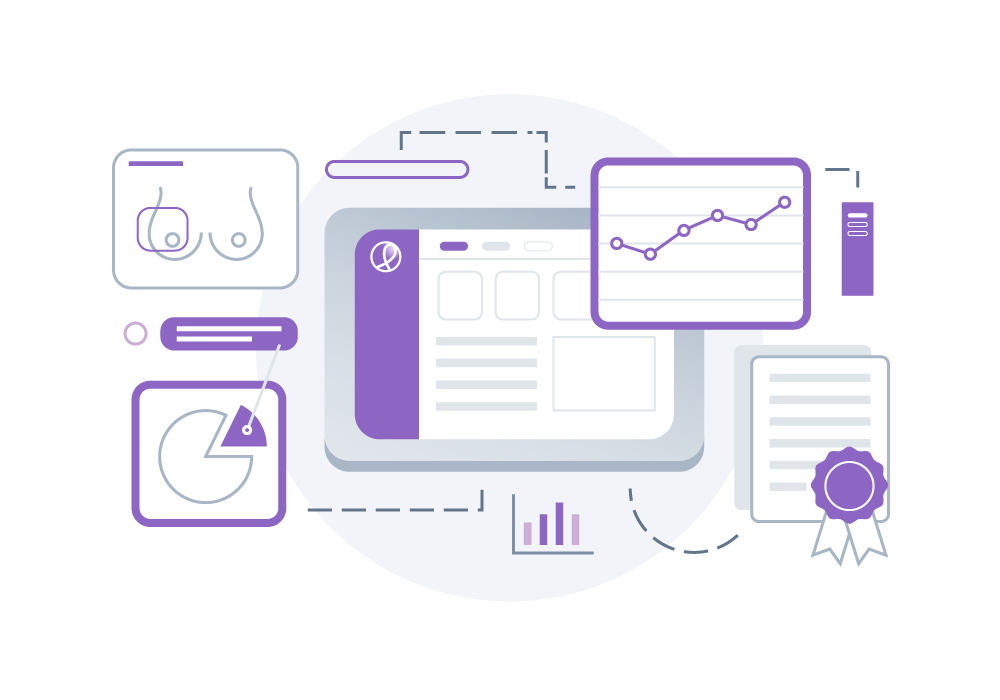
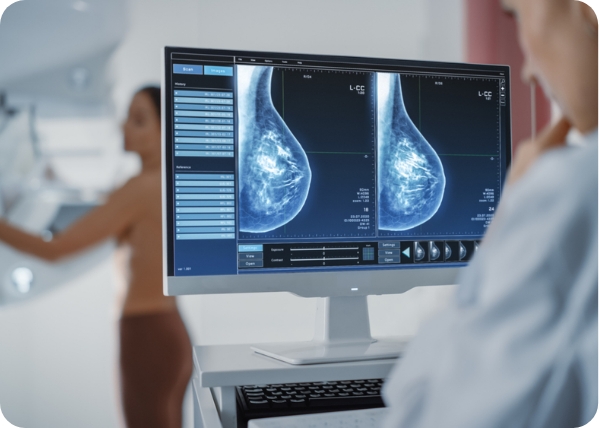

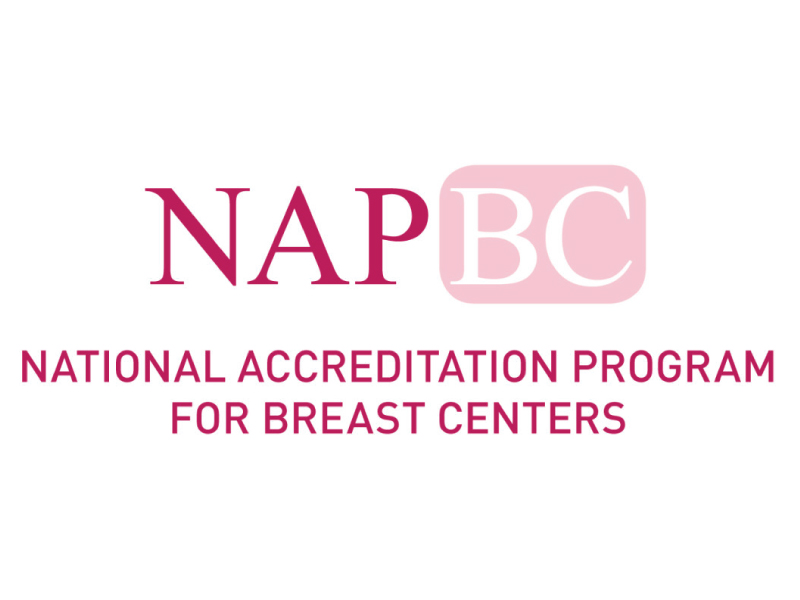
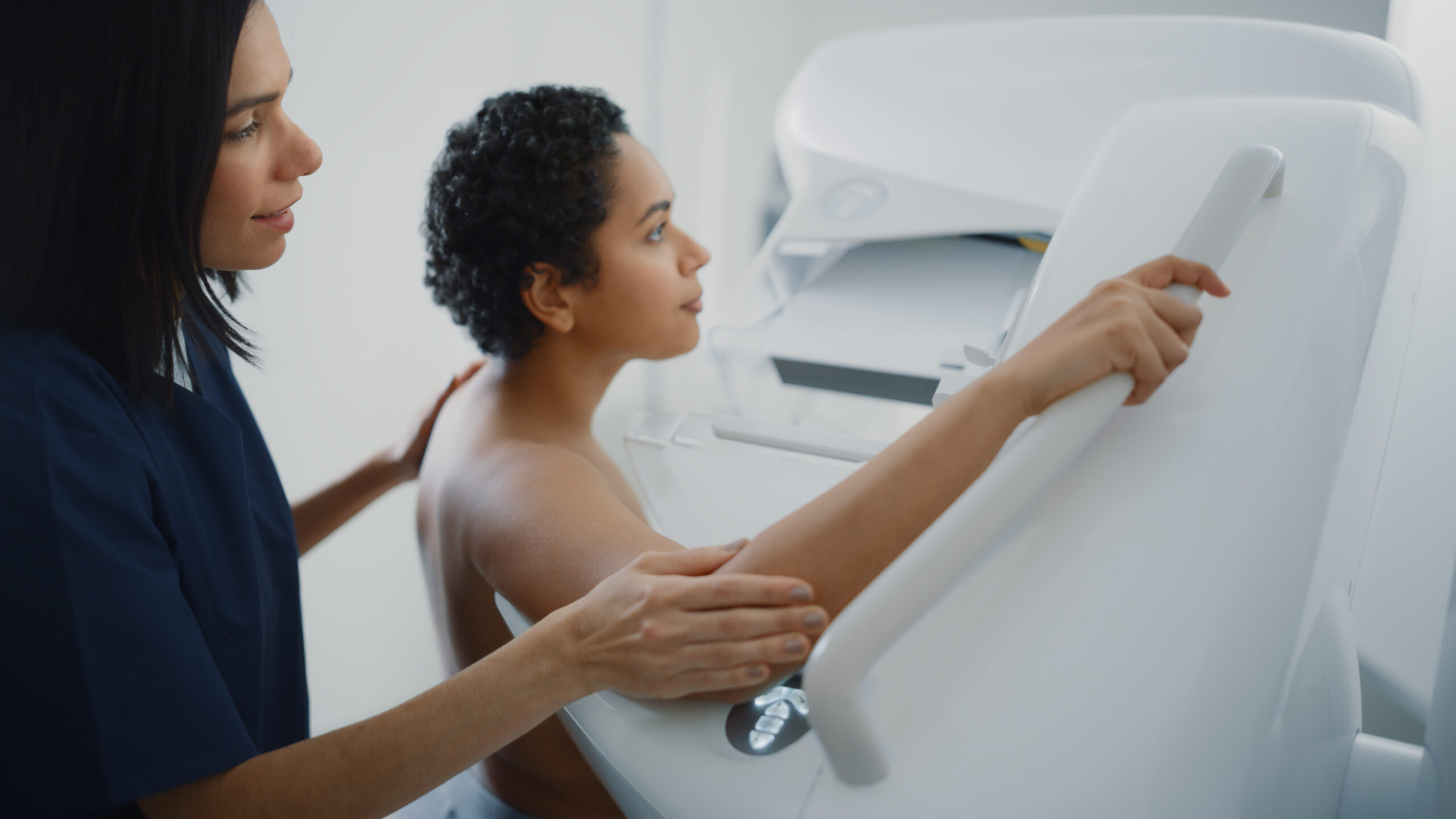
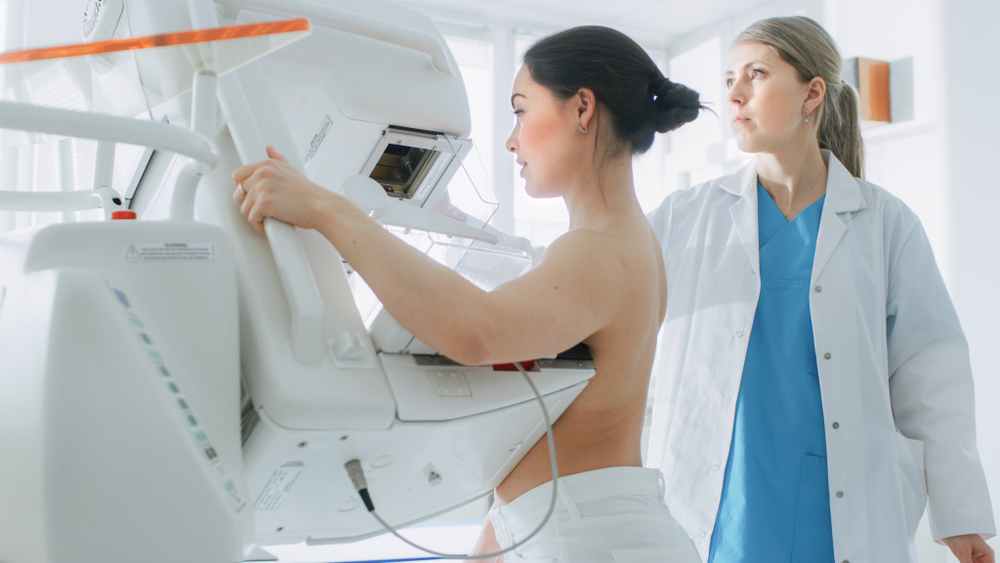
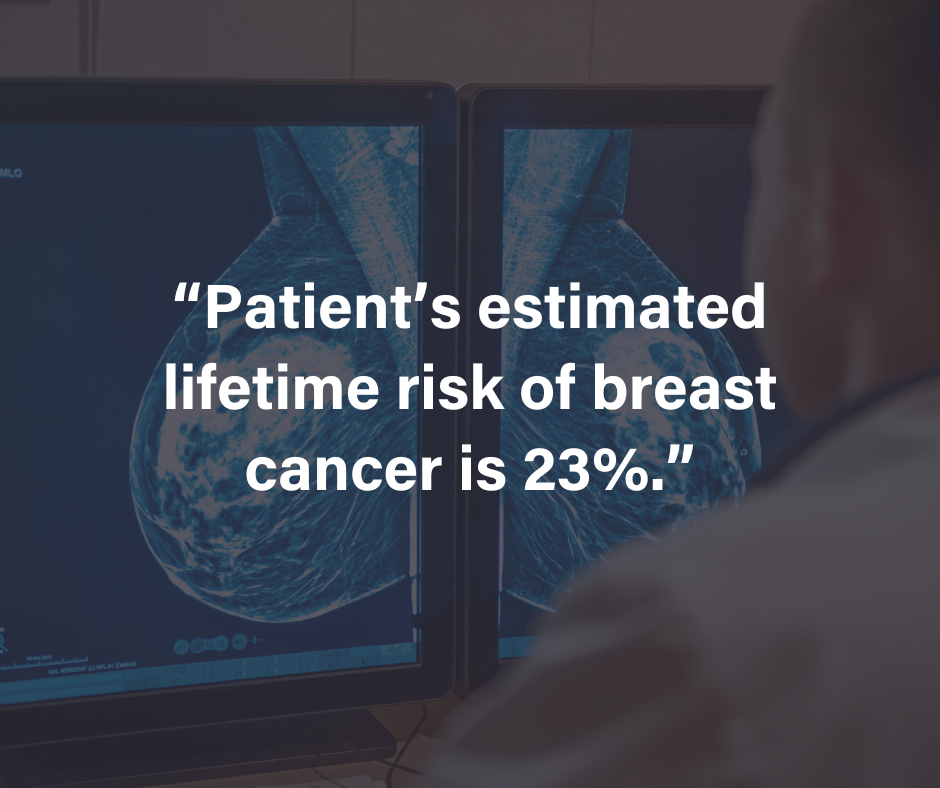
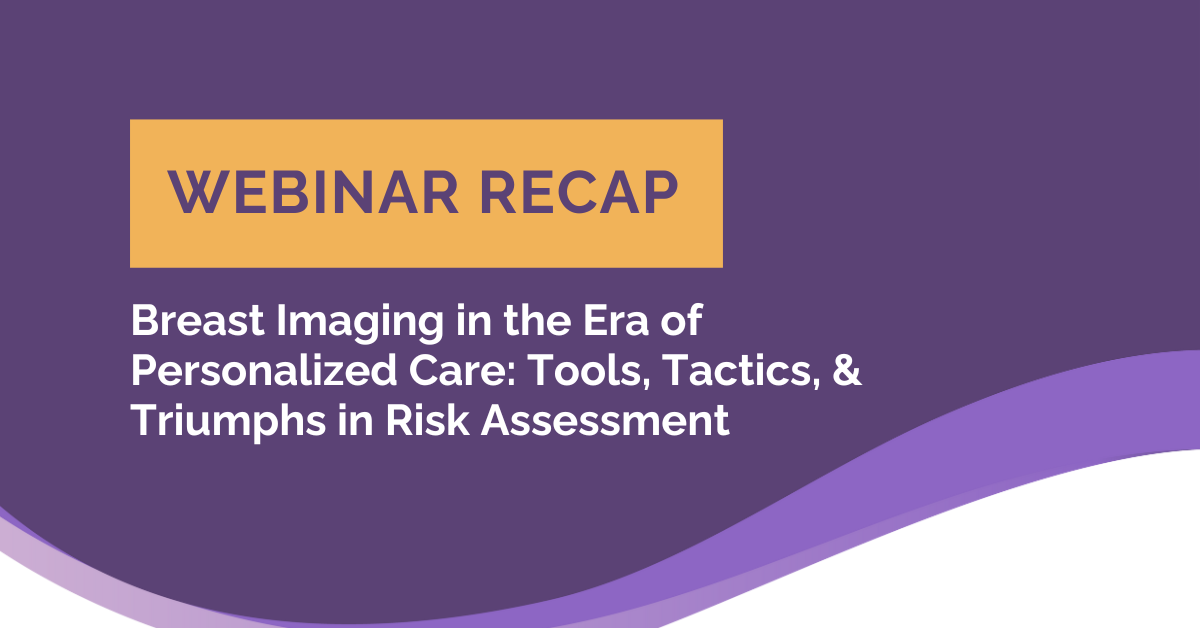



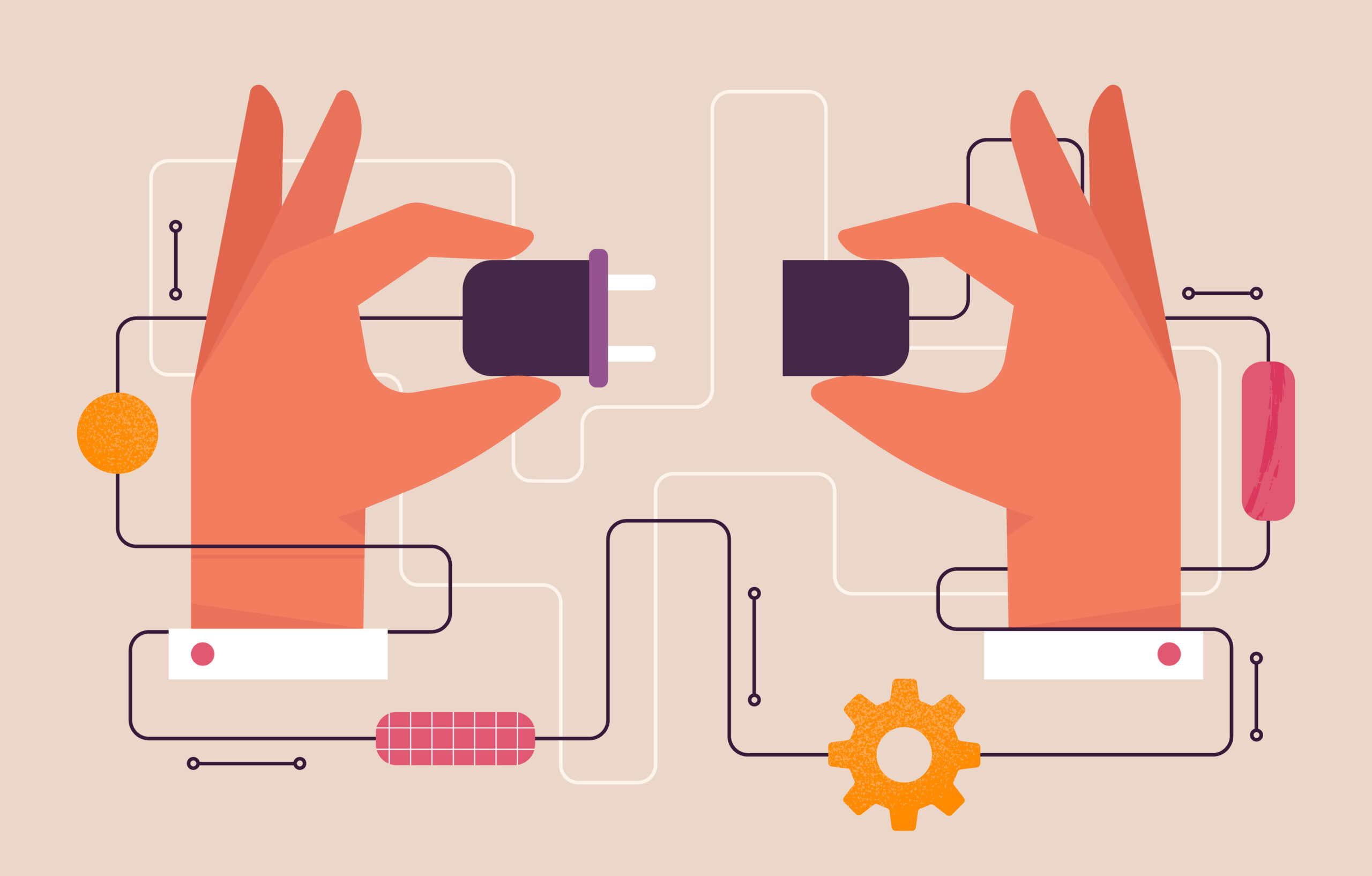



![monitoring breast density shutterstock_1299510538-[Converted]](https://magview.com/wp-content/uploads/2023/05/shutterstock_1299510538-Converted.jpg)

